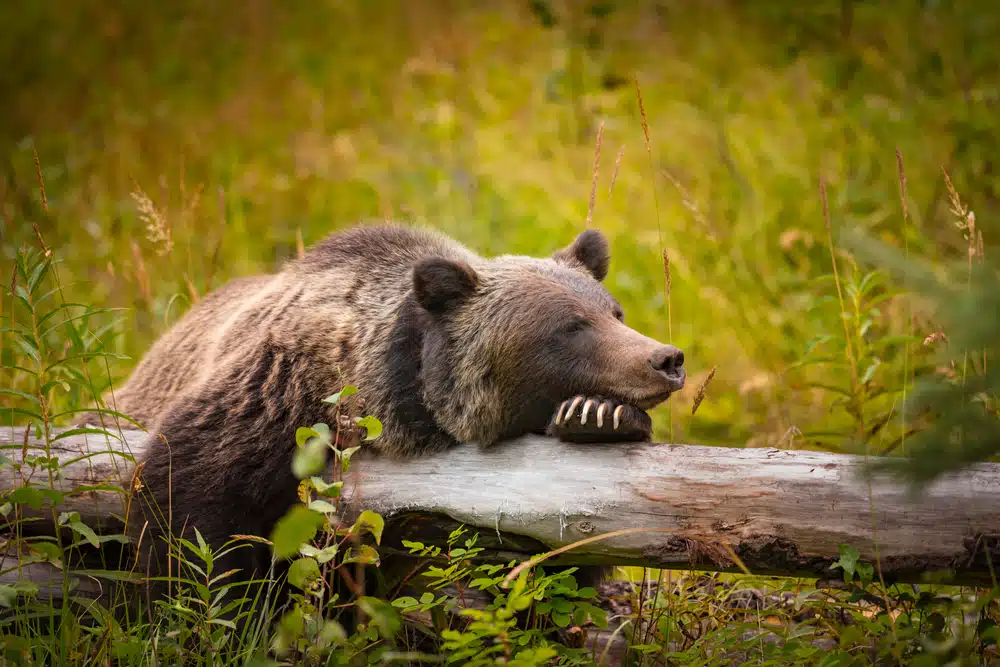Parks Canada has recently implemented several measures in Banff National Park (Alberta) to ensure the safety of its visitors due to rising concerns about grizzly bears. As the summer season peaks, these majestic creatures become more active, leading to increased human-bear interactions.
Specifically, two trails within the park, the Og Pass trail and Upper Assiniboine Pass trail, have been entirely closed off to visitors. Additionally, the Allenby Pass Trail now has a restricted activity bulletin, with stringent guidelines for hikers, Global News reported Wednesday.
For those venturing into these areas, Parks Canada has set forth several mandates. Hikers must be in groups of at least four, maintaining a close distance between each individual. It’s also compulsory for these groups to be equipped with bear spray, ensuring their safety in case of unexpected encounters.
Violators of these rules risk severe penalties. Charges under the Canada National Parks Act can result in fines of up to $25,000, emphasizing the seriousness of these measures.
The presence of bears in the vicinity of Banff National Park has significant implications for campers and nearby private campgrounds. Prioritizing safety is paramount. Campers are urged to familiarize themselves with bear behavior and the recommended response during encounters.
Private campgrounds can enhance visitor safety by offering educational programs on bear safety, from workshops to informational signs. It’s also crucial for campers and campground operators to report any bear sightings to local authorities, aiding in tracking bear movements and potentially leading to timely area warnings or closures.
Maintaining Safety
Bears typically emerge from hibernation in early April and remain active until November.
Some visitors are eager to spot a bear in its natural habitat. The experience can be both thrilling and rare. However, with the allure of such sightings comes the responsibility for safety. Bears, especially grizzlies, are sensitive to human activity. It’s crucial for visitors to be equipped with bear spray, remain vigilant for signs of bears, and make ample noise, especially in areas with dense vegetation.
In the unfortunate event of a bear encounter, the primary advice is to remain calm. Preparing your bear spray and slowly moving away without turning your back to the bear is crucial. Running can trigger a chase response, which can be dangerous.
For those spotting bears near roads, the excitement should be tempered with caution. Slowing down, maintaining a respectful distance, and never feeding the bears are essential guidelines. Such interactions, if not handled correctly, can lead to traffic congestion caused by bear sightings.
Distinguishing between a grizzly and a black bear can be crucial for safety. Grizzlies have a distinctive hump between their shoulders and a rounded face, while black bears have a more extended snout and larger ears. Grizzlies are also generally larger than black bears.
To learn more, check Park Canada’s guide here.
The bear population in Banff is significant, calling the park home. However, the species faces threats, primarily due to habitat loss resulting from human activities.
While the allure of Banff and its wildlife is undeniable, it’s essential for visitors to prioritize safety. This not only ensures their well-being but also protects the majestic creatures that call Banff home. By following the guidelines set by Parks Canada, visitors can enjoy a memorable and safe experience.


